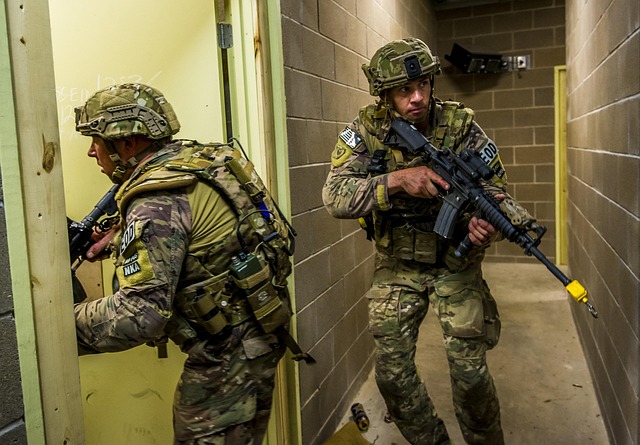The Navy SEALs are widely regarded as one of the most elite special operations forces in the world. Their training is legendary for its intensity, complexity, and adaptability to real-world combat scenarios. Among the most secretive and highly specialized aspects of their preparation is submarine training—a critical component that prepares SEALs for underwater infiltration, stealth operations, and survival in some of the world’s most challenging environments. In the vast expanse of the Pacific Ocean, this training reaches its most demanding and sophisticated levels.
The Role of Submarines in SEAL Operations
Submarines serve as covert delivery platforms for Navy SEALs, especially during classified missions behind enemy lines or in hostile territory. These stealthy vessels enable SEAL teams to deploy undetected, often using dry deck shelters (DDS) or swimmer delivery vehicles (SDVs) for insertion and extraction. From intelligence-gathering to sabotage and direct action missions, submarine-launched SEAL operations are all about surprise, precision, and survivability.
Specialized Training in the Pacific
The Pacific Theater offers the ideal environment for training due to its immense scale, varying depths, and unpredictable weather and ocean conditions. Navy SEALs conduct this training in close coordination with submarine crews and special warfare units. Exercises focus on:
-
Infiltration Tactics: SEALs learn to launch from submerged submarines using SDVs or by exiting dry deck shelters in complete darkness and under high-pressure conditions.
-
Navigation & Stealth: Training includes mastering underwater navigation using compasses, sonar, and other instruments—often while evading detection from hostile sonar systems or surveillance.
-
Combat Diving: SEALs spend countless hours refining their diving skills, operating in zero visibility, dealing with underwater hazards, and navigating long distances in open ocean.
-
Mission Simulations: Realistic mock missions are conducted under live conditions. These include recon of enemy harbors, attaching limpet mines to vessels, or securing beachheads for larger operations.
Surviving the Deep
Enduring the harsh realities of submarine training, survival preparation stands out as one of its most demanding challenges. Confined quarters, limited oxygen, and long hours underwater test both physical and mental limits. SEALs must be proficient in:
-
Emergency Protocols: Including rapid ascent procedures, handling oxygen toxicity, and escaping from disabled submarines or underwater vehicles.
-
Physiological Conditioning: Combat diving at depth requires intense physical endurance, CO₂ tolerance, and strict control of breathing and buoyancy.
-
Psychological Resilience: Claustrophobia, isolation, and sensory deprivation are all common stressors. SEALs undergo psychological conditioning to remain calm and mission-focused under extreme pressure.
Technology and Innovation
SEALs leverage cutting-edge equipment during submarine-based operations. These include:
-
Swimmer Delivery Vehicles (SDVs): Manned mini-submarines used to silently ferry SEALs from subs to shorelines.
-
Advanced Rebreathers: Silent breathing systems that produce no bubbles, essential for covert underwater movement.
-
Integrated Combat Systems: Wearables that include encrypted comms, navigation tools, and heads-up displays for real-time mission updates.
Legacy and Real-World Application
From the Cold War to modern-day missions in the Indo-Pacific region, Navy SEALs have used submarine infiltration to great effect. While many details remain classified, their role in reconnaissance, anti-piracy, sabotage, and counterterrorism operations continues to evolve. The ability to strike from beneath the sea offers the United States unmatched operational flexibility and stealth power.



